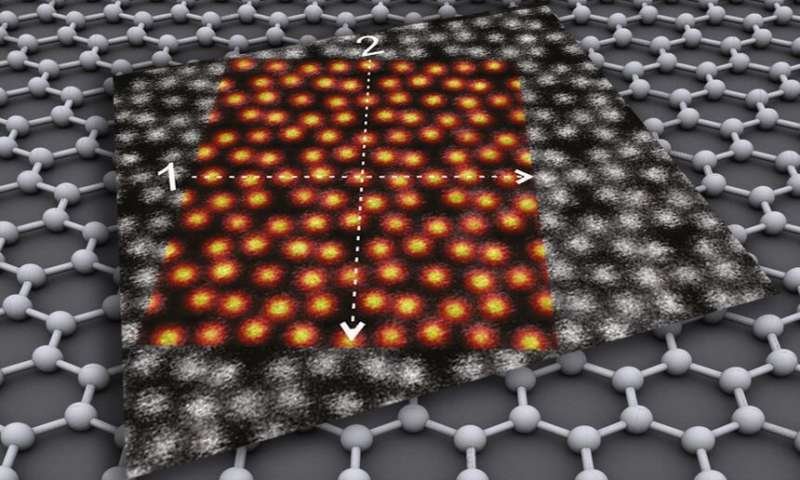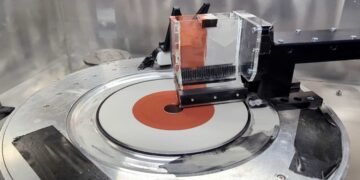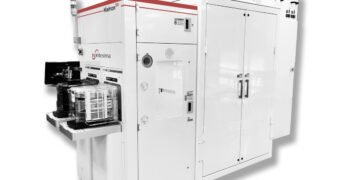
Graphene consists of a single layer of carbon atoms. Exceptional electronic, thermal, mechanical, and optical properties have made graphene one of the most studied materials at the moment. For many applications in electronics and energy technology, however, graphene must be combined with other materials. Since graphene is so thin, its properties drastically change when other materials are brought into direct contact with it.
However, combining graphene with other materials at the molecular level is difficult. The way graphene interacts with other materials depends not only on which material you choose, but also on how these materials are brought into contact with the graphene. Rather than sticking a finished material layer to the graphene, the appropriate atoms are brought into contact with the graphene in such a way that they “grow” on the graphene in the desired crystal structure.
Until now the mechanisms of the growth of other materials on graphene have often remained unclear. A new joint study by research teams from the Tu Wien and the University of Vienna for the first time observes now how indium oxide grows on graphene. The combination of indium oxide with graphene is important, for example for displays and sensors. The results have now been presented in the scientific journal Advanced Functional Materials.
Graphene pizza
“As with a pizza, graphene technology is not only dependent on the graphene pizza base but also on its toppings,” explains Bernhard C. Bayer from the Institute of Materials Chemistry at the TU Wien, who led the study. “How these toppings are applied to the graphene is, however, crucial.”
In most cases, atoms in the gaseous state are condensed on the graphene. In the case of indium oxide, these are indium and oxygen. “But there are many parameters such as background pressure, temperature or the speed at which these atoms are directed at the graphene that influence the result drastically,” says Bernhard Bayer. “It is therefore important to develop a fundamental understanding of the chemical and physical processes that actually take place. But to do this, you have to watch the growth process as it proceeds. “
This is exactly what the research team has now succeeded in doing: for the first time, the individual steps of growing indium oxide on graphene were observed in the electron microscope at atomic resolution.
Randomly distributed or perfectly aligned
“What was particularly interesting for us was the observation that, depending on the background pressure, the indium oxide crystallites either arrange themselves randomly on the graphene’s crystal lattice or snap perfectly on one another like Lego bricks. This difference in arrangement can have a major impact on the application properties of the combined materials,” says Kenan Elibol, first author of the study. The new findings will be useful to make the integration of graphene with other materials more predictable and controllable with respect to future application requirements.



































